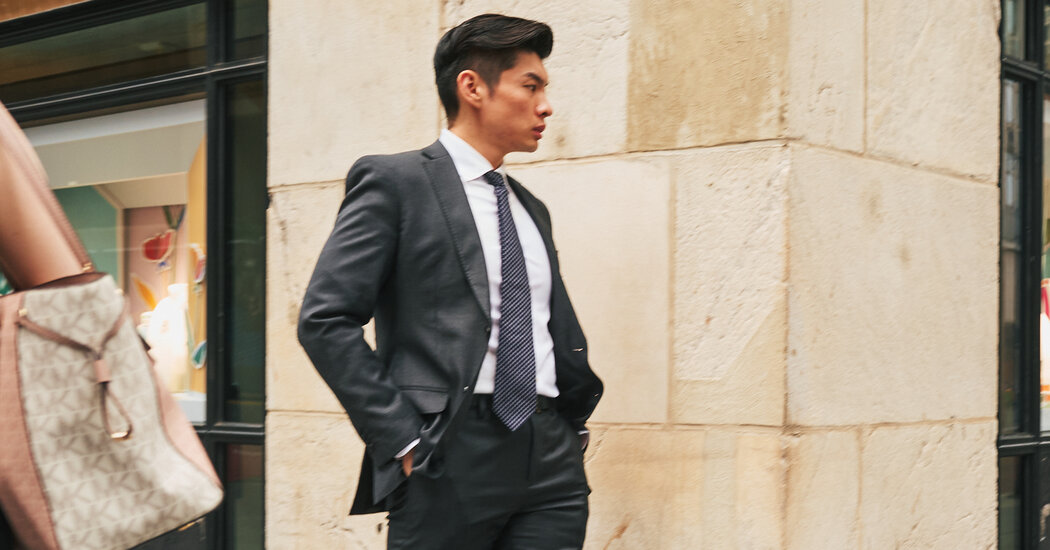Jim Moore, creative director of GQ, said he had recently noticed that pointed-collar shirts were coming back into fashion, a style he had not seen much since its huge popularity in the mid-1990s. He echoed Mr Paget’s comments about the evolution of attitudes towards shirts.
“I think the shirt is important again, but it’s not the same as it used to be,” Mr. Moore said. “Now I don’t think you need a lot of shirts, you need basic shirts, but you need the right ones – the right color blue, some nice ones in white, a long pointed collar, a spread collar and a button collar.”
While the typical dress shirt — the kind often made from cotton in a poplin or twill weave — is certainly not extinct, its glory days may be behind us, says Sean Estok, who oversees men’s tailoring and footwear at the Macy’s department stores.
“Customers no longer buy four shirts at a time, they renew one or two,” said Mr. Estok. “They don’t need a closet to have fifty different shirts like they used to, because office life is not the same anymore.”
The shirt’s reign as a white collar wardrobe staple was once underlined by the garment’s many variations: versions designed to be worn with the tail hanging out, for example, or the non-iron shirts introduced in the late 1970s that were treated with a chemical process intended to prevent wrinkling. (Many brands – Ralph Lauren, J. Crew, Brooks Brothers, Proper Cloth – still offer versions.)
GQ’s Mr. Moore recalled the explosion in popularity of non-iron shirts in the 1980s, the decade in which he began working at the publication. Mr Moore, who is also a stylist and consultant for menswear brands including Todd Snyder, Hugo Boss and Canali, described the ’80s as a golden age for shirts, heavily influenced by the wardrobes of financial types associated with the era .





